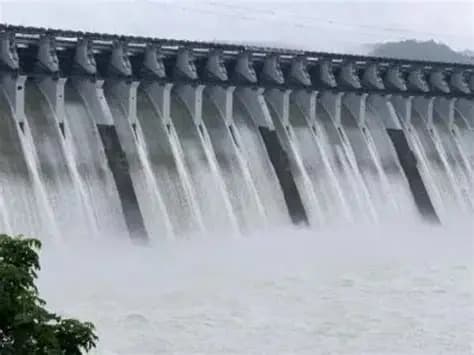Humla Karnali-II Hydropower Project Moves Forward with 335 MW Capacity
The 335 MW Humla Karnali-II Project has begun environmental assessment, advancing energy expansion in remote Humla.

Nepal’s renewable energy ambitions have taken another stride forward as the 335-megawatt Humla Karnali-II Hydropower Project progresses toward construction. The project, located in Kharpunath and Sarkegad rural municipalities of Humla district, has now entered the Environmental Impact Assessment (EIA) phase, according to the Ministry of Forests and Environment.
The Ruru Hydropower Project Limited is set to develop the project, which will tap the perennial Karnali River Basin, one of the country’s most powerful Himalayan water systems. The Ministry of Energy, Water Resources and Irrigation has already endorsed the project, signaling strong governmental backing for energy expansion in Nepal’s underdeveloped northwest.
The hydropower scheme will require 47.13 hectares of land, with 56 households expected to be affected and 188 trees slated for felling. The proposed diversion tunnels—each approximately 545 meters long with a 9.5-meter diameter—will channel water flow for electricity generation.
Once completed, the project is expected to generate 609.89 GWh during the dry season and 1,184.83 GWh during the monsoon, producing a combined output of nearly 1,795 GWh annually. The generated power will be transmitted through a 20-kilometer, 400 kV double-circuit transmission line to the Mugu Karnali Hub, strengthening grid stability in the far-western region.
At an estimated cost of NPR 7.29 billion, the project translates to roughly NPR 217.6 million per megawatt. Construction is projected to create over 1,800 temporary jobs, while operational phases will employ around 115 personnel.
The Humla Karnali-II is a run-of-river type project, meaning it will not rely on large reservoirs. Its development aligns with Nepal’s national plan to boost clean energy production and reduce dependence on imported electricity during peak demand seasons.
Once operational, the project is expected to significantly contribute to the nation’s goal of exporting surplus hydropower to India and the regional grid, while also enhancing local livelihoods through infrastructure development and employment.